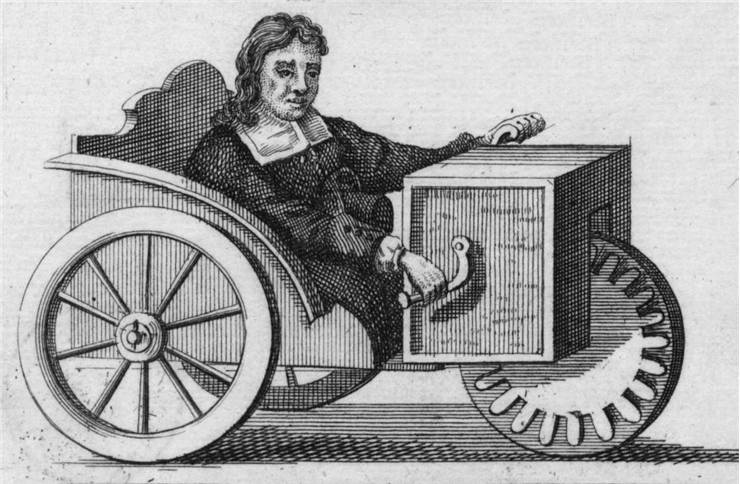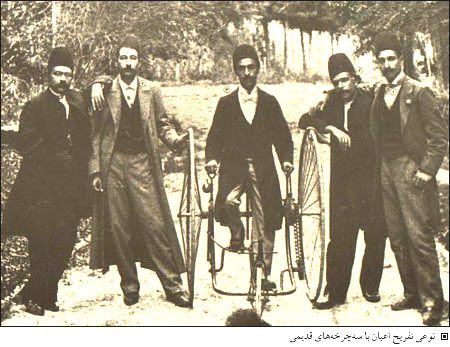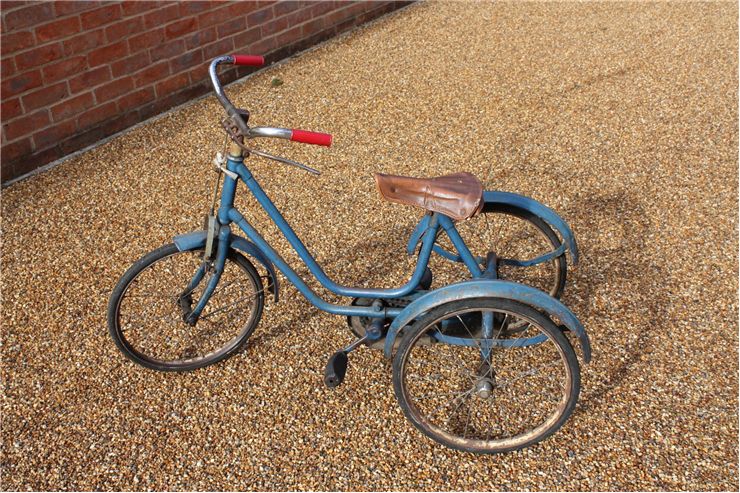Tricycle History, Facts and Types
History of tricycle reaches back into the history even further back from the discovery of first bicycle. The origin of this three-wheeled transportation vehicle was based more on the standard carriages, only miniaturized and then enhanced with additional mechanisms that allowed it more easier propulsion. The first historical records of a tricycle comes from second half of 17th century, a century and a half before invention of first two wheeled bicycle that had no propulsion (dandy horse made by Baron Karl von Drais) and almost two centuries before first mass produced chain-driven bicycle (“Boneshaker” by Michaux Company). This early example of tricycle was made by the aging German watch-maker Stephan Farffler who was disabled and could not walk. He devised small carriage for one person that had tree wheels (one on the front and two in the back), with simple mechanism around the front wheel that enabled him to rotate crank and transfer its power to the wheel. Other examples of examples of early tricycles came from 1797 France when two French inventors created first three-wheeled device that could be powered by pedals. They also gave this device name tricycle, a name that would remain a synonym with this type of vehicle for that moment forward.
By the end of 19th century, manufacture of several types of bicycles boosted the production of many other similar travel devices, including tricycles. The biggest expansion of their production happened in England, led by the exploits of the famous entrepreneur James Starley who personally developed several models. By the 1884, over 120 different models were produced by 20 English manufacturers who tried to satisfy the market for the simple to use personal travel devices. While the male population preferred the bicycles such as penny-farthings and safety bicycles, female population that wore long dresses oriented more toward tricycles and carriages that were propelled both by hand or feet pedals. Tricycles for personal use in 19thand early 20th century came in several forms, most commonly with sitting and upright seats. Original tricycles were so popular in United Kingdom, that they were one of the first countries to form official Tricycle Association, organize tours, time trials, day rides and yearly races.
Types of tricycles that are commonly used today:
- Delta tricycles – Tricycles whose two main wheels are placed behind or besides the user.
- Tadpole tricycles – Tricycles whose two main wheels are placed in front of the handlebar.
- Recumbent tricycles – Made in both delta and tadpole variations, these tricycles have user sitting in a very low and almost lying down position.
- Convertible – Tricycles who can be transformed between delta and tadpole configurations.
- Children's tricycles – Simple delta designs that are made to be very safe in both indoor and outdoor use.
- Manual tricycles – Tricycles powered by human feet or hands.
- Motorized tricycles – Tricycles powered by combustible or electric engines.


